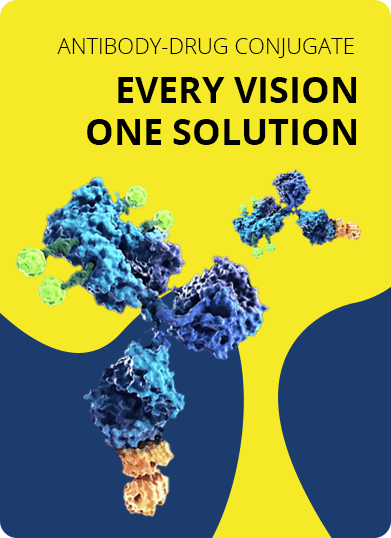- Home
- ADC Development
- Antibody Discovery for ADC Development
- Tumor Surface Protein Specific Antibody Discovery
- Anti-Mesothelin Antibody Discovery
Anti-Mesothelin Antibody Discovery Service
Mesothelin (MSLN) is a tumor-associated antigen with limited expression in normal tissues but it is frequently over-expressed on the cell membrane of a number of epithelial malignancies, such as mesothelioma, pancreatic, ovarian, lung, triple negative breast, and gastric cancers. Creative Biolabs has more than 10 years of experience in antibody development from original design to manufacture to satisfy our clients' demands with optional services such as bio-conjugation chemistry, properties assessment. With expertise and dedication, advanced antibody design platform and services from Creative Biolabs will be your best companion in creating customized anti-MSLN antibodies according to its own shedding mechanism.
Mesothelin Ectodomain Shedding
MSLN is a cell-surface tumor-associated antigen expressed in several human cancers. MSLN has been reported to be a GPI-anchored cell-surface protein, which is preferentially localized in the cell membrane microdomain-lipid raft. ADAM 17 (a disintegrin and metalloproteases 17) localized in lipid rafts has been proved to play a prominent role in MSLN shedding. Shed MSLN (sMSLN) accumulates in interstitial fluid of solid tumors, forming a barrier which prevents monoclonal antibodies (mAbs) from reaching the tumor cells and therefore reduces the targeting efficiency.
Antibody Strategies against Mesothelin
The limited expression of MSLN on normal tissues and its high expression in many cancers make it an attractive candidate for targeted therapies utilizing mAbs, immunoconjugates, and immunotoxins. There are several anti-cancer agents in various stages of development that target MSLN, including amatuximab, antibody drug conjugates (ADCs) and recombinant immunotoxins (RITs). Immunotoxin SS1P is the most clinically advanced agent which is composed of the anti-MSLN variable fragment (Fv), SS1, fused to a truncated pseudomonas exotoxin A. SS1P kills cells by binding to MSLN, entering cells by receptor-mediated endocytosis and inhibiting protein synthesis and activating apoptosis. However, sMSLN acts as a decoy receptor to block the SS1P targeting. Although the exact site of proteolytic shedding remains to be unclear, antibodies could also be exploited to improve the current situation. The membrane-distal domain of MSLN could be regarded as targets to develop antibodies to neutralize itself, thereby preventing any possible soluble component-induced activities beneficial to tumor development. Antibodies targeted the membrane-proximal domain of MSLN can be conjugated with payload to kill cancer cells by taking drugs to the tumor cells surroundings.
Creative Biolabs has gained significant knowledge of antibody development. We are more than glad to share our experience and help our customers get excellent anti-MSLN antibodies with a comprehensive technology platform. Please contact us for more information and a detailed quote.
For Research Use Only. NOT FOR CLINICAL USE.

Online Inquiry
Welcome! For price inquiries, please feel free to contact us through the form on the left side. We will get back to you as soon as possible.
